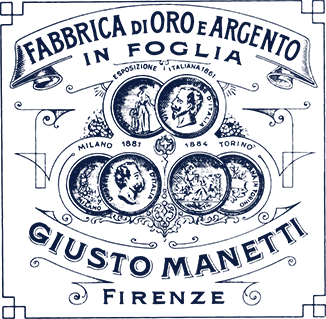This oil-based size is used when gilding compact surfaces (such as metal, marble and glass) which will be placed indoors or outdoors. It is particularly suitable for:
• Domes
• Sculptures
• Metal items placed outdoors
• Metal items placed indoors
• Marble and stone items
• Wood items placed outdoors
Use oil-based size to apply both pure gold and silver, loose or transfer leaf. In the latter case, using a sheet of tissue paper will facilitate grip and application, speeding up and simplifying the gilding process.
Transfer leaf is the most suitable format when gilding for the outdoors. Air currents and sudden gusts of wind could damage loose leaf when the booklet is opened.
For imitation leaf gilding you will find more information here.




